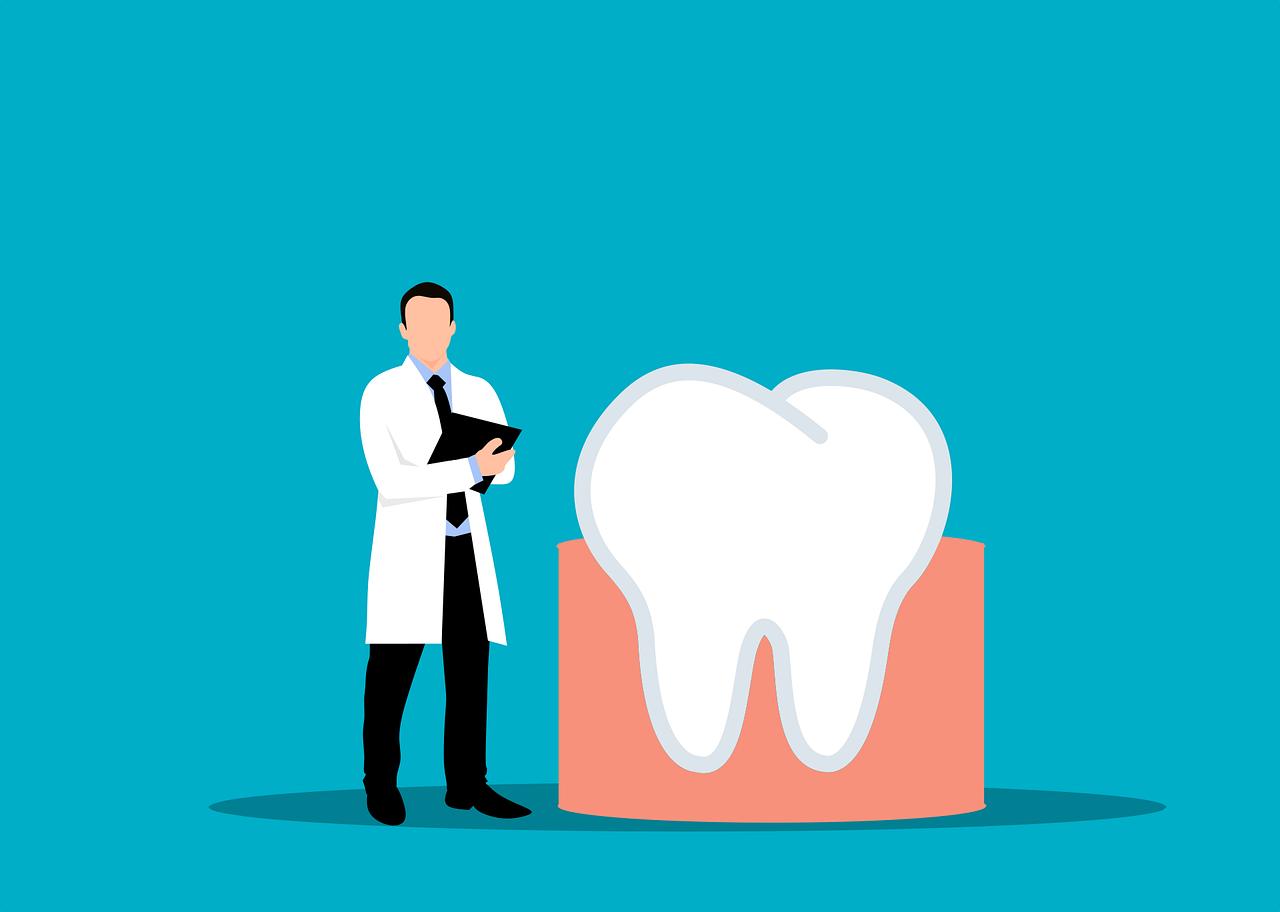Invisalign clear aligners are a popular orthodontic solution for issues such as overbites, underbites, and spacing problems. The Invisalign cost can vary greatly depending on the complexity of the case, insurance coverage, and any available promotions. Generally, patients can expect to spend between $2,650 and $7,000 on Invisalign treatment cost. Key factors influencing the Invisalign pricing include insurance contributions, treatment plans, and available Invisalign payment options.
Key Takeaways
- Invisalign aligns teeth for conditions like overbites and spacing issues.
- The Invisalign expenses typically range from $2,650 to $7,000.
- Factors such as insurance coverage and plans significantly impact the Invisalign cost breakdown.
- It’s crucial to understand Invisalign fees and available payment plans.
- Getting multiple quotes can help find the best Invisalign cost estimate.
Average Cost of Invisalign Treatment
The average cost of Invisalign treatment in the United States varies widely, influenced by several factors discussed below. Patients considering this orthodontic option must understand the potential expenses and the importance of obtaining multiple quotes from providers. Proper knowledge and preparation can ensure a cost-effective approach to achieving a perfect smile.
Cost Range
The average cost of Invisalign ranges from $3,000 to $9,000 for adults and can be between $2,650 to $6,000 for Invisalign Express. An Invisalign adult treatment, typically lasting 12-36 months, incurs a range of costs. On the other hand, an Invisalign teen treatment can range between $3,000 and $6,000. While these figures provide a general idea, the exact cost can vary based on individual circumstances and the orthodontist’s pricing.
Factors Influencing Cost
Several factors influence the overall Invisalign treatment cost. The severity of dental issues, oral health condition, and treatment duration are primary determinants. Geographical location and the experience of the orthodontist also play crucial roles. Traditionally, clear aligners like Invisalign are more expensive compared to traditional braces due to their advanced technology and material.
Insurance coverage is another significant factor. Most dental insurance plans cover a portion of the cost, typically ranging from 25% to 50%, with a maximum contribution often capped between $1,500 and $2,000. Utilizing cost savings tips such as Health Savings Accounts (HSAs) and Flexible Spending Accounts (FSAs), as well as exploring Invisalign Express or other practical alternatives, can help manage expenses effectively.
It’s important to highlight that orthodontic practices frequently offer monthly payment plans to make Invisalign more affordable. Patients are encouraged to consult with multiple doctors to receive varied quotes as costs for the same treatment may differ considerably. Finally, considering care from dental schools can result in savings of 10% to 15% on the treatment fee, providing a budget-friendly option without compromising on quality.
Hidden Costs to Consider
While Invisalign offers a convenient and less conspicuous way to straighten teeth, it’s important to be aware of potential expenses beyond the basic treatment cost. Patients often encounter extra charges that aren’t immediately obvious in initial quotes. Understanding these hidden costs helps in budgeting for the entire process.
Additional Fees
Invisalign treatment typically includes various additional fees. Common expenses include X-rays, which range from $25 to $250, and intraoral scans that add precision but also cost extra. It’s crucial to ask your provider about all potential Invisalign additional fees upfront to avoid surprises down the line.
Office Visits and Scans
Routine office visits and Invisalign scans are essential parts of orthodontic treatment. Office visit costs can vary widely, sometimes ranging from $100 to $200 per visit, depending on the location and provider’s expertise. Regular Invisalign scans help in monitoring progress but these too can add to the overall cost. Factoring in these expenses will give a more accurate Invisalign cost estimate.
Refinements and Retainers
To achieve optimal results, some patients may require refinements, which involve additional sets of aligners to perfect their smile. This can lead to unforeseen Invisalign hidden costs. After completing your treatment, retainers are necessary to maintain the new alignment of your teeth. These retainers typically cost between $100 and $500, depending on the type and your provider.
Being informed about the potential for refinements and the costs associated with retainers ensures a comprehensive understanding of orthodontic treatment prices. Always ask for a detailed breakdown of any Invisalign attachments, refinements, and other additional fees during your consultation to make well-informed decisions.
Insurance and Invisalign
Understanding how your dental insurance plans interact with Invisalign treatments is crucial for managing costs effectively. Various insurance policies offer differing levels of coverage, which can greatly impact the final out-of-pocket expense for the patient.
Insurance Coverage Details
Most insurance plans typically cover between 25% to 50% of the total Invisalign treatment cost. This percentage may be subject to an orthodontic benefit maximum, generally ranging from $1,500 to $2,000. For example, if the average cost of Invisalign treatment is between $3,000 and $5,000, insurance coverage could significantly alleviate financial pressure.
Understanding Orthodontic Benefits
It’s essential to comprehend the orthodontic insurance benefits offered by your plan. Some dental insurance plans might deem Invisalign as a cosmetic procedure, thereby excluding it from coverage. On the other hand, certain insurance policies might cover portions of the treatment, potentially up to a specified amount. Prior consultation with your insurance provider to understand these benefits can help in planning your treatment better.
Medicaid and CHIP
When considering state-funded programs such as Medicaid and CHIP, it’s important to note that these programs usually exclude Invisalign coverage. Medicaid Invisalign coverage is rare because the treatment is often categorized as cosmetic. Likewise, CHIP orthodontics benefits seldom cover Invisalign treatments. However, exceptions might exist in specific cases, so verifying with your state’s program is recommended.
Other Ways to Pay for Invisalign
Exploring multiple payment avenues can significantly ease the financial burden of Invisalign. Whether leveraging HSAs or FSAs through employer-provided plans, or taking advantage of in-house financing, patients have various options to manage the costs effectively.
Health Savings Account (HSA)
A Health Savings Account for Invisalign is an excellent option for those enrolled in high-deductible health plans. In 2022, individuals can contribute up to $3,650, while families can save up to $7,300. These pre-tax contributions can cover a sizeable portion of the Invisalign expenses.
Flexible Spending Account (FSA)
Utilizing a Flexible Spending Account can also help manage Invisalign payment options. FSAs allow employees to allocate pre-tax dollars for eligible medical expenses, including orthodontic treatments like Invisalign. Using an FSA can lower the effective cost of your aligners.
Monthly Payment Plans
Many providers offer Invisalign monthly payment plans to make treatments more affordable. These plans often feature no-interest payments for up to 24 months or no money down with extended terms of up to 36 months. Securing such payment plans requires credit approval but can make the overall cost more manageable.
Promotional Deals
Finding Invisalign promotional deals is another way to curtail costs. Providers frequently run promotions or discounts, especially for new patients or during certain times of the year. Additionally, some practices offer in-house financing options with favorable terms to encourage more patients to start their treatment.
In summary, exploring various Invisalign payment options, including utilizing a health savings account for Invisalign, a flexible spending account, monthly payment plans, and promotional deals, can make Invisalign more accessible and affordable without compromising the quality of care.
Choosing Between a Dentist or Orthodontist
When selecting the right provider for your Invisalign treatment, understanding the differences between an Invisalign dentist and an orthodontist for Invisalign is crucial. Both types of professionals can help achieve the desired smile, but their expertise and services differ.
An Invisalign dentist typically charges a lower price and can provide a range of preventive and restorative services such as dental exams, cleanings, X-rays, fillings, crowns, and root canals. On average, general dentists offer Invisalign treatments at a more affordable rate compared to orthodontists. They can also assist with the initial consultation and evaluation for Invisalign treatment.
On the other hand, orthodontists possess several years of additional training focused specifically on teeth alignment and are well-equipped to handle more complex dental problems. Their expertise includes treating misaligned or crowded teeth, bite problems such as TMJ disorder, and providing comprehensive orthodontic appliances like braces, retainers, and headgear. Orthodontists also have advanced training in dental surgery procedures, making them a preferable orthodontic treatment provider for more complicated cases.
Moreover, while orthodontists generally charge between $5,000 to $10,000 for orthodontic treatments, the additional investment may be worthwhile for those seeking specialized care and faster results. For patients with highly complex dental issues, it is indeed recommended to choose an orthodontist over an Invisalign dentist to ensure optimal treatment outcomes.
For individuals looking to enhance their smile with less severe dental misalignments, visiting an Invisalign dentist might be a cost-effective and sufficient option. However, for comprehensive and specialized orthodontic care, an orthodontist for Invisalign is the best choice.
Conclusion
The affordability of Invisalign treatment involves various considerations, making it essential for potential candidates to understand the factors that influence the overall cost. With treatments ranging from $2,650 for Invisalign Express to $9,000 for more complex adult cases, a comprehensive decision-making process is required. Patients must explore all available payment options, including insurance coverage that can reach up to $3,500, Health Savings Accounts (HSA), and Flexible Spending Accounts (FSA).
Insurance plans can significantly reduce out-of-pocket expenses, although coverage typically varies widely. In cases where insurance falls short, different types of orthodontic braces like lingual braces might serve as viable alternatives. Monthly payment plans offered by many orthodontic offices, often interest-free, can further ease the financial burden, making Invisalign a more cost-effective solution.
Considering geographical location, the expertise of the orthodontist, and the treatment’s complexity are crucial in managing the costs. Factors like fewer office visits compared to traditional braces could also lead to potential savings. Promotional deals and seasonal savings add additional incentive to carefully evaluate providers. Ultimately, by staying informed and weighing options wisely, individuals can make investments in their dental health that align financially and offer long-term benefits.







